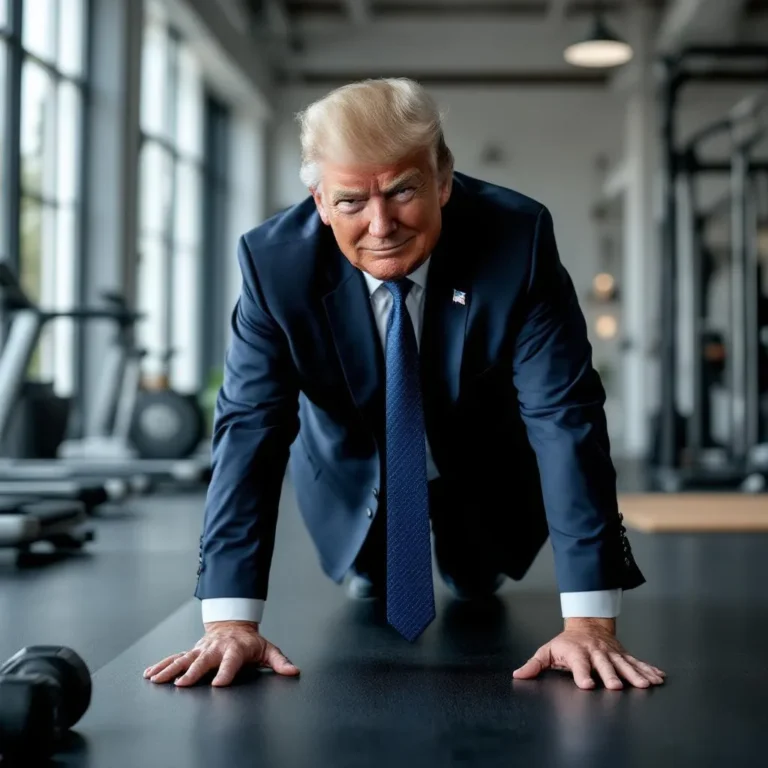
In a sweeping move that has caught the world’s attention, President Donald Trump has announced dramatic new tariffs that impose charges as high as 35% and even up to 40% on imports from a broad range of countries including Canada, Mexico, the European Union, and others. This aggressive use of tariffs as a trade weapon marks a continuation and escalation of Trump’s trade strategy that has already stirred significant controversy and debate across global markets.
Trump’s new trade policy measures include blanket tariffs of 15% to 20% on most trade partners, with specific punitive tariffs reaching 35% on Canadian goods and a proposed 30% on Mexico. These tariffs are notably aimed at pressuring governments to address what Trump describes as unfair trade practices, illegal immigration, and insufficient action against drug cartels, particularly concerning Mexico. The President remains unbowed by concerns that these increased tariffs may intensify inflation pressures on American consumers and disrupt delicate global supply chains.
This policy has already generated legal challenges and extensive political debate. For instance, a federal appeals court is set to weigh the legality of these tariffs, potentially marking a significant test of the administration’s trade authority. Meanwhile, international reactions vary from retaliatory tariffs by affected countries to cautious diplomatic engagement aimed at mitigating a further escalation of trade conflicts.
Despite the contentious nature of this approach, Trump touts these tariffs as critical leverage to secure “big, beautiful deals” that prioritize American economic interests and national security. Notably, recent trade agreements with countries like Japan have been portrayed as historic milestones achieved under this tough tariff posture.
As the deadline for many tariffs approaches, the world watches closely to see whether these protectionist measures will result in negotiated trade agreements or further fuel global economic uncertainty. Business leaders, economists, and consumers are caught in the crossfire, trying to adapt to rapidly shifting trade policies that redefine how America interacts with the global economy.
Stay tuned as this story develops—Trump’s tariffs are more than just tax measures; they represent a fundamental reshaping of U.S. trade policy with wide-reaching consequences for the international economic landscape.





